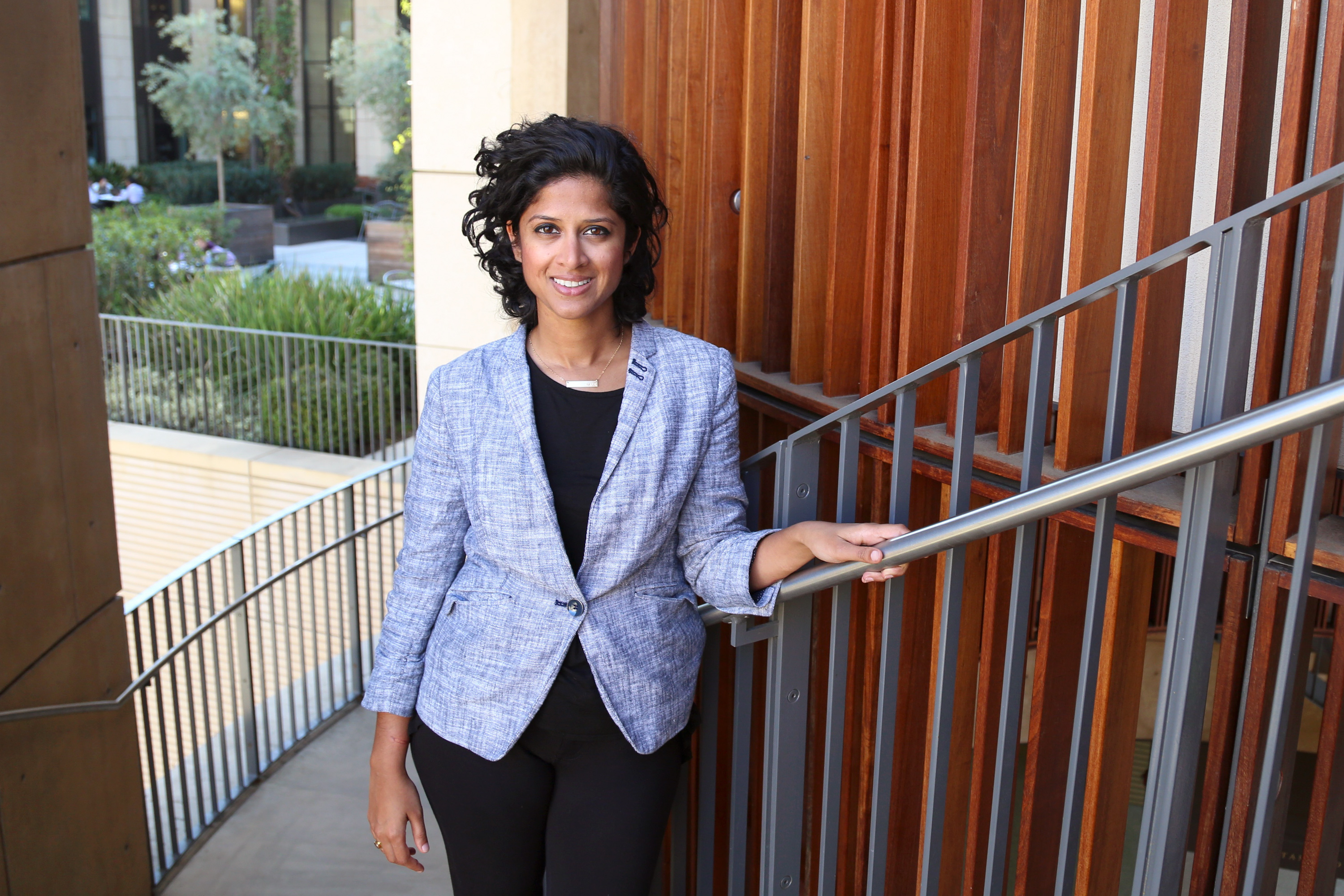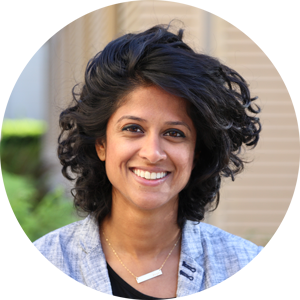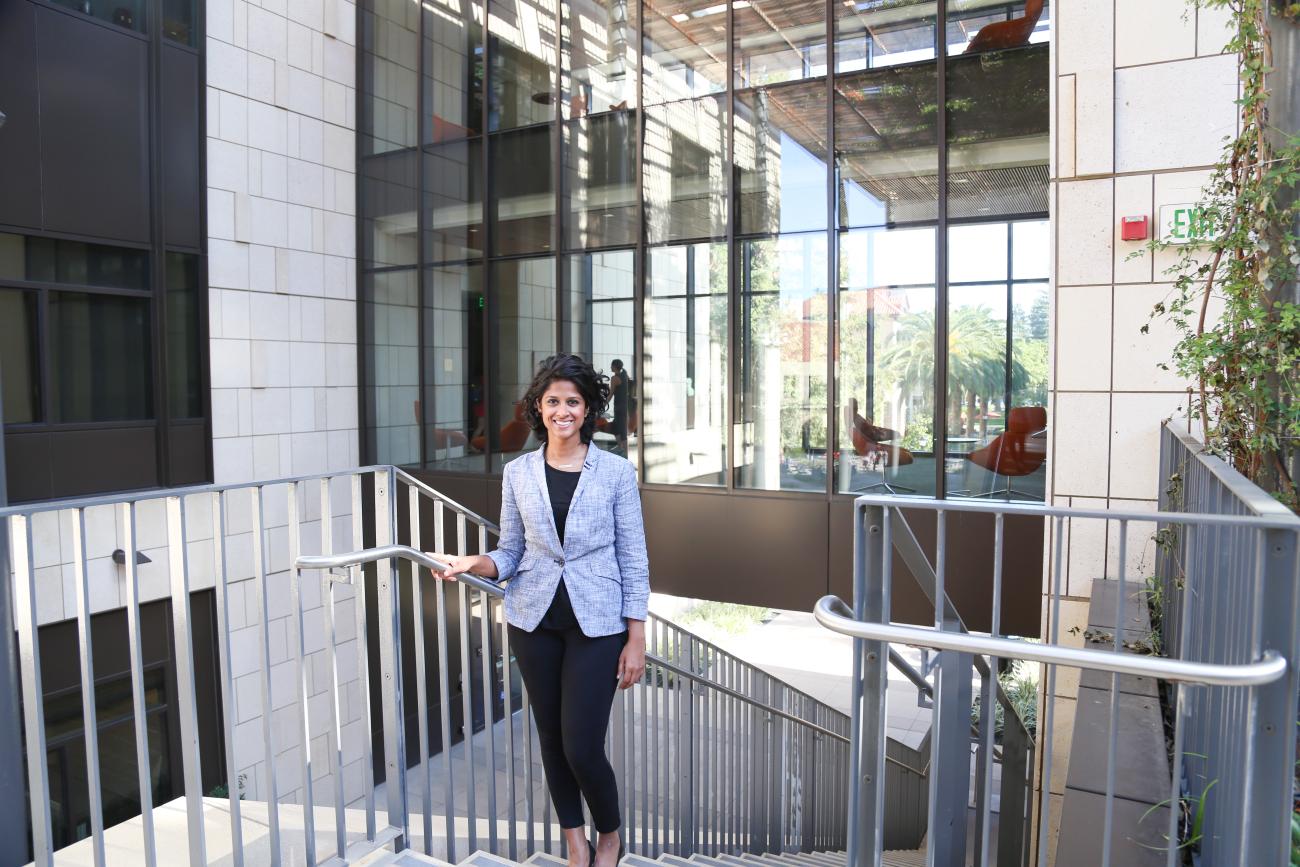
Payal Kapadia
Why Stanford?
I chose Stanford for a host of reasons. Location was definitely part of it. I have always wanted to live on the West Coast and experience this part of the United States. Additionally, the ICE program at Stanford is unique in its small cohort size and research paper component. I was confident after comparing several programs that Stanford was the best fit for my particular interests — personally, professionally as well as academically.
How would you describe the other students in your program?
The students in the ICE/IEPA program are extremely well rounded and diverse. What I love about my cohort is everyone has an interesting story; everyone has engaged in important and compelling work. Additionally, I would say students in ICE/IEPA are down to earth and grounded while having such incredibly impressive backgrounds.
A wonderful aspect of the ICE/IEPA program is that the cohort is relatively small, allowing everyone to truly get to know one another. I can easily say that I have made lifelong friends through this program, many of whom I hope to work with in the future.
How have professors impressed you?
I took a class in statistics with the GSE’s dean, Dan Schwartz, last term. His pedagogy was different and experimental, and this experience was both impressive and valuable for me. Christine Min Wotipka, the ICE/IEPA program director, has continually impressed me with her meticulous attention to detail and scaffolding of material. She has found a way to make a very challenging program feasible for all students.
What were you doing prior to applying to the GSE?
Before applying to the GSE I was a high school social studies instructor for six years. I spent my first three years teaching underserved populations in New York City. After that I spent three years at a private international school in Chennai, India. Having both the experience of working in a resource strapped environment as well as in a school with great access and means allowed me to see two extremely contrasted ends of the education spectrum and the possibilities within it.

What drew you to the field of education?
I always wanted to work in a field that I felt made a positive impact on society. After taking a few courses in undergrad I realized that education represented a grassroots form of change that was unparalleled: With an education individuals have the tools to alter their future independently. Unfortunately, great inequity exists when it comes to access to quality education. I felt a strong draw to education for both of these reasons – the power for change education represents coupled with the need for change within its structure for that power to truly be realized. I honestly don’t think there is a more dynamic, challenging or inspiring field out there, but of course, I am biased!
Any tips for incoming students to help them get the most from their time at Stanford?
Stanford has amazing resources, and it is easy to get overwhelmed by all it has to offer. Try and focus on your particular interests and seek out those resources that best suit your needs.
Professors at Stanford are extremely helpful and friendly. Be sure to reach out to professors who are doing research you find compelling — pick their brains.
Finally, don’t forget to take advantage of the amazing geographic location you are in. Graduate school requires time for rest and relaxation. Discover areas outside of Stanford, and enjoy all that the Bay Area has to offer!
This interview was conducted via email in February 2016.

